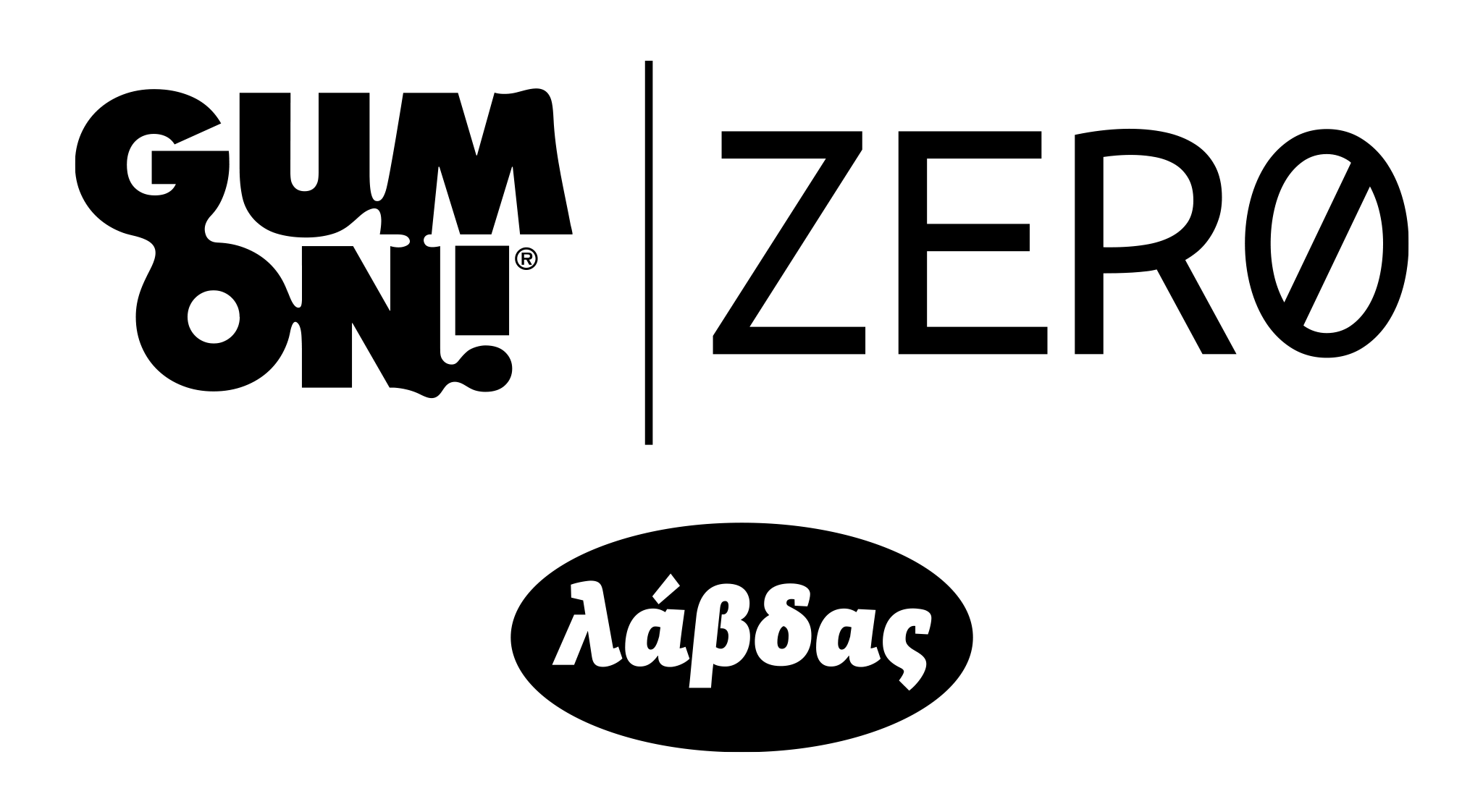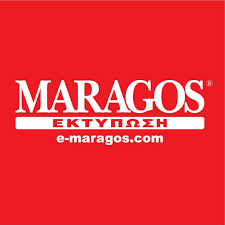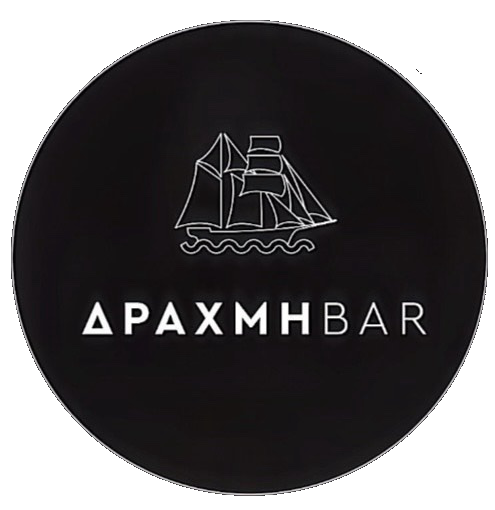The Model European Parliament (MEP) is a simulation of the European Parliament. It is a leadership programme for youths in the 27 EU member states and guest countries, which is co-funded by Erasmus+.
It was set up in 1994 with a secretariat in the Hague, Netherlands. The MEP programme is coordinated by an innovating multi-national board with an association based in Vienna. It is the only simulation programme where individual school and university students represent their country. These students come from various schools and universities, and they comprise the country’s delegation.
The MEP is one of the largest and most important institutions in the European Union at Upper Secondary school and University level. The students that take part come from schools of excellent academic level, international, diplomatic, European, etc.
The importance of the institution is also underlined by the attendees of the opening and closing ceremonies in each event – indicatively: Felipe, King of Spain, Queen Beatrice of the Netherlands, Grand Duchess of Luxembourg Maria Teresa, Crown Princess Victoria of Sweden
Heinz Fischer, President of Austria, Oscar Luigi Scalfaro, President of Italy, George Vella, President of Malta, Dalia Grybauskaite, President of Lithuania, Demetris Christofias, President of Cyprus, Jorge Sampaio, President of Portugal, John Bercow, Speaker of the House of Commons (UK), Roberta Metsola, President of the European Parliament, Ursula von der Leyen, President of the European Commission, Xavier Bettel, Prime Minister of Luxembourg, Kaja Kallas, Prime Minister of Estonia, among others. During the programme, fishbowl discussions are held with officials of the state organising the conference, such as ministers, parliamentarians, and MEPs.
The conferences that take place – two international and four regional sessions (Mediterranean countries, Western Europe, etc.) per year – are attended by five- or six-member delegations of students/university students aged 16-19 from EU Member States, candidate and attending countries. The official language of the conference is English and the certificate that students receive is very important for their CVs.
The MEP aims at educating young people about European integration and cooperation and develop skills in addressing high-level international issues jointly among Europe’s decision-makers of tomorrow. It unites the young adults of Europe to a greater understanding and a closer penetration of common European issues as well as knowledge about EU institutions. The programme raises political awareness and promotes comprehension of Europe’s diversity. It is, beyond doubt, a training ground for future leaders and politicians.
The MEP is also a cultural and social event, which allows the participants to experience the diversity of the countries they visit by taking part in numerous social events, such as team building activities, visits to attractions and archaeological sites, cultural nights, and by living with a host family, among others.
Finally, it is worth noting that the participation itself initially in such educational programme and later on in a convention of such calibre acts as a catalyst for the shaping of their personality.
MEP EU 27+ candidate countries and European partners
2 seven-day international sessions a year
Two EU 27+ sessions take place on a yearly basis in a different European capital. The working language in international sessions is English. Five students are chosen to represent each EU member state, and together they comprise a delegation. Each delegate represents his/her native country in one of ten committees to discuss international issues which appear on the agenda of the European Parliament.
The participating States are divided into two pools – Pool A and Pool B. Each group is assigned 5 committee issues to address with a resolution. The committees are coordinated by Committee Presidents from different countries. The work in the committees is carried out by the young delegates, one from each participating country.
The common goal is to find consensus within a committee on the draft of a resolution that is discussed during the Plenary Session and vigorously defended by the committee in the hope of winning majority approval.
One or two five-day sessions a year
MEP Europe is organised into four Euro-regional sections (MEP Baltic Sea Region, MEP Western European Region, MEP Central and South-eastern European Region and the MEP Mediterranean Region) each headed by a regional coordinator. As in the MEP BSR since 2004, Euro regional networking and annual sessions followed in the other three regions of Europe, opening further opportunities for participation. An MEP Alumni branch caters for the needs of former participants, offering a whole range of post-MEP activities and events.
NATIONAL SESSIONS
One or two sessions a year
On a national level, the MEP encourages European activities, initiated by National Coordinators. In every country, national MEP organisations play a leading role, acting as hosts to an annual national event. As many schools as possible, from different regions, with students from different social backgrounds are invited to join this European project. The National Coordinators promote the development of the European dimension in new establishments as well as ensure the continuation of European activities in schools that have been participating in the MEP already.
THE MAIN STAGES OF AN INTERNATIONAL MEP
ARRIVAL DAY
The delegations are welcomed and picked up at the airport by the organisers. They register at the appointed venue and are led to their accommodation. At night, they all have dinner and get to know each other.
DAY 1
The representatives of the countries are divided according to the committee they belong in and participate in team building activities.
First day of the committee meetings. The committees consist of 2 or sometimes 3 Committee Presidents and delegates from different countries. The delegates who performed impeccably during previous sessions are proposed both by their Committee President and their National Coordinator to become Committee Presidents in a future session. The final decision on the Committee Presidents and the Presidency of the Plenary Session lies with the President of MEP Europe. Each committee deals with a topic on a specific issue and the task is to work out a resolution on the question of the committee.
DAY 2 – THE OPENING CEREMONY
The Head of each delegation delivers the speech of their country.
Second day of the committee meetings.
Visits to the embassies of the countries where the Ambassador of each Embassy welcomes the delegation and discusses matters of politics and
diplomacy with the students.
DAY 3
The committees meet in the morning to reach resolutions to be tabled in the Plenary Session. The resolutions are submitted to the Presidency
and are then corrected by the correction panel composed of native speaker professors. Once they reach their final form, they are sent out.
The cultural night takes place, where the host country and/or the delegations of the other countries present traditional dances, songs, dishes or activities they are famous for. In many conventions, the participating countries have also presented themes from their culture. In this way, students come into contact not only with diversity but also with the commonalities that govern EU countries.
DAY 4
Students gather on a country-by-country basis with their National Coordinators/Directors/Escort Teachers to discuss the resolutions and decide on any amendments and textual changes they would like to propose, which they write down in specific forms.
Immediately afterwards, the Lobbying Session follows in which the delegates try to convince as many people as possible to support the amendments they propose by collecting as many signatures as possible. These forms are submitted to the Presidency who decide which amendments to bring to the Plenary Session to be debated, voted in favour or voted against. The goal of this action is to practise the techniques of persuasion, logic, and psychology in minimum time, which requires quick thinking, effective argumentation, and helps to strengthen the self-confidence of young people.
DAYS 5 AND 6
The Plenary Session takes place on both days, and the procedures are exactly the same as those of the European Parliament. There, the representatives of the countries are invited to discuss the resolutions, amendments and textual changes followed by a vote by country. The aim of the action is for young people to experience the process of exercising democracy in the European Youth Parliament and to understand not only the seriousness of decision-making but also the responsibility and power they have in changing Europe. The resolutions that pass are forwarded to the European Parliament of adults. On day 6 at night, the conference closes with the farewell party which gives a tone of fun after seven days of gruelling work.
DAY 7 – Departure of delegations
If you still want to know more, you can visit the website of MEP Europe
MEP Hellas™ | All Rights Reserved © 2022 |










